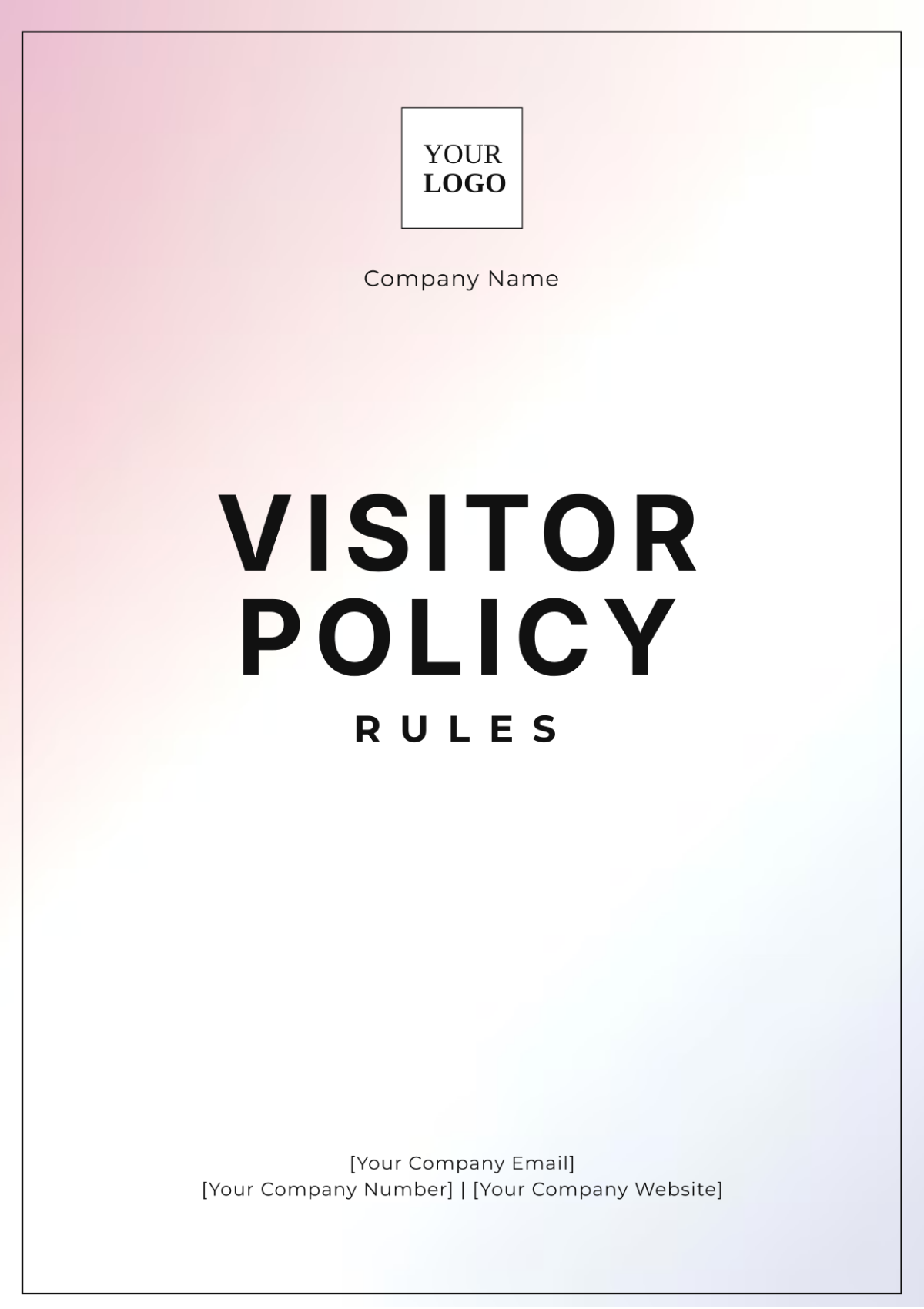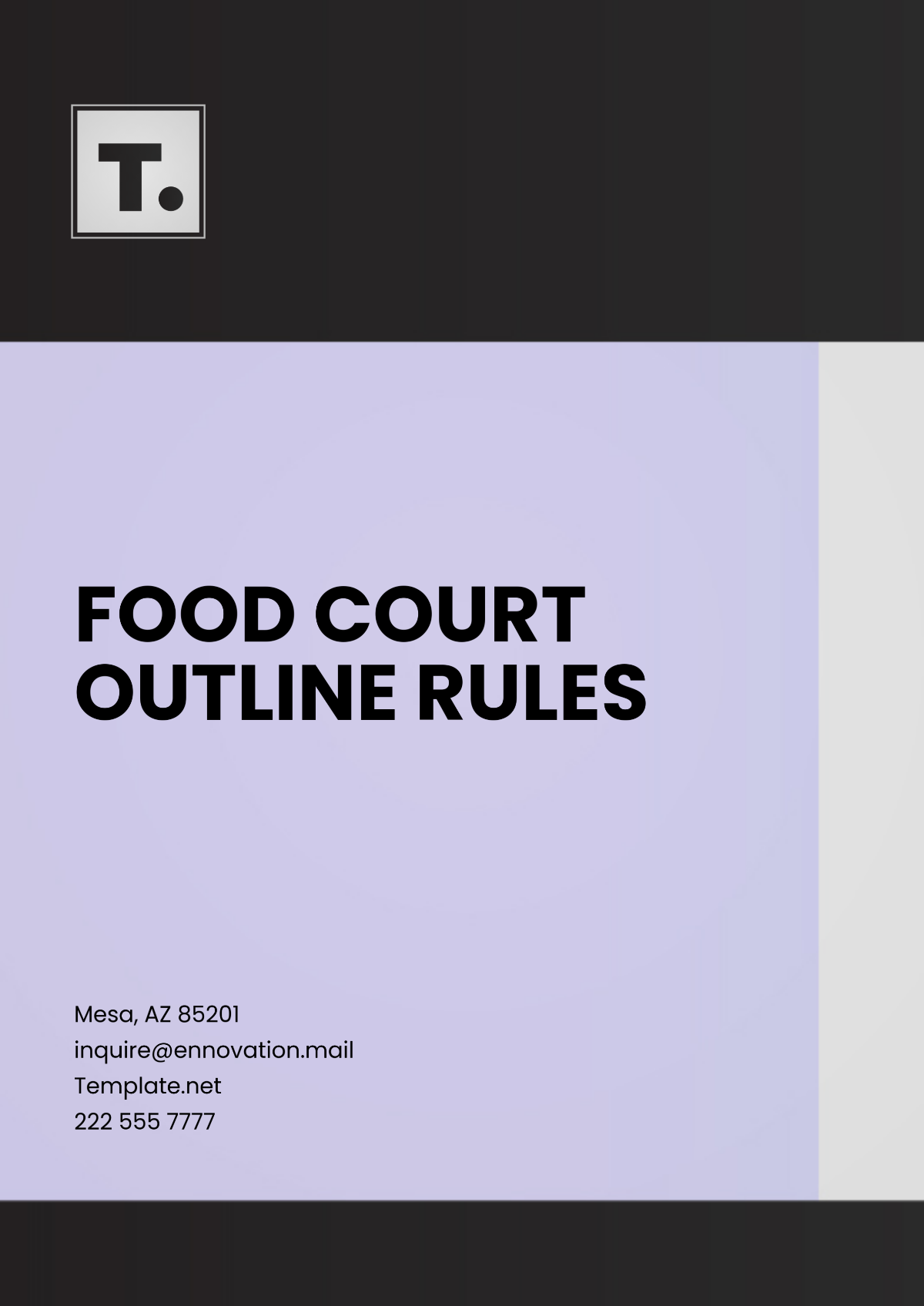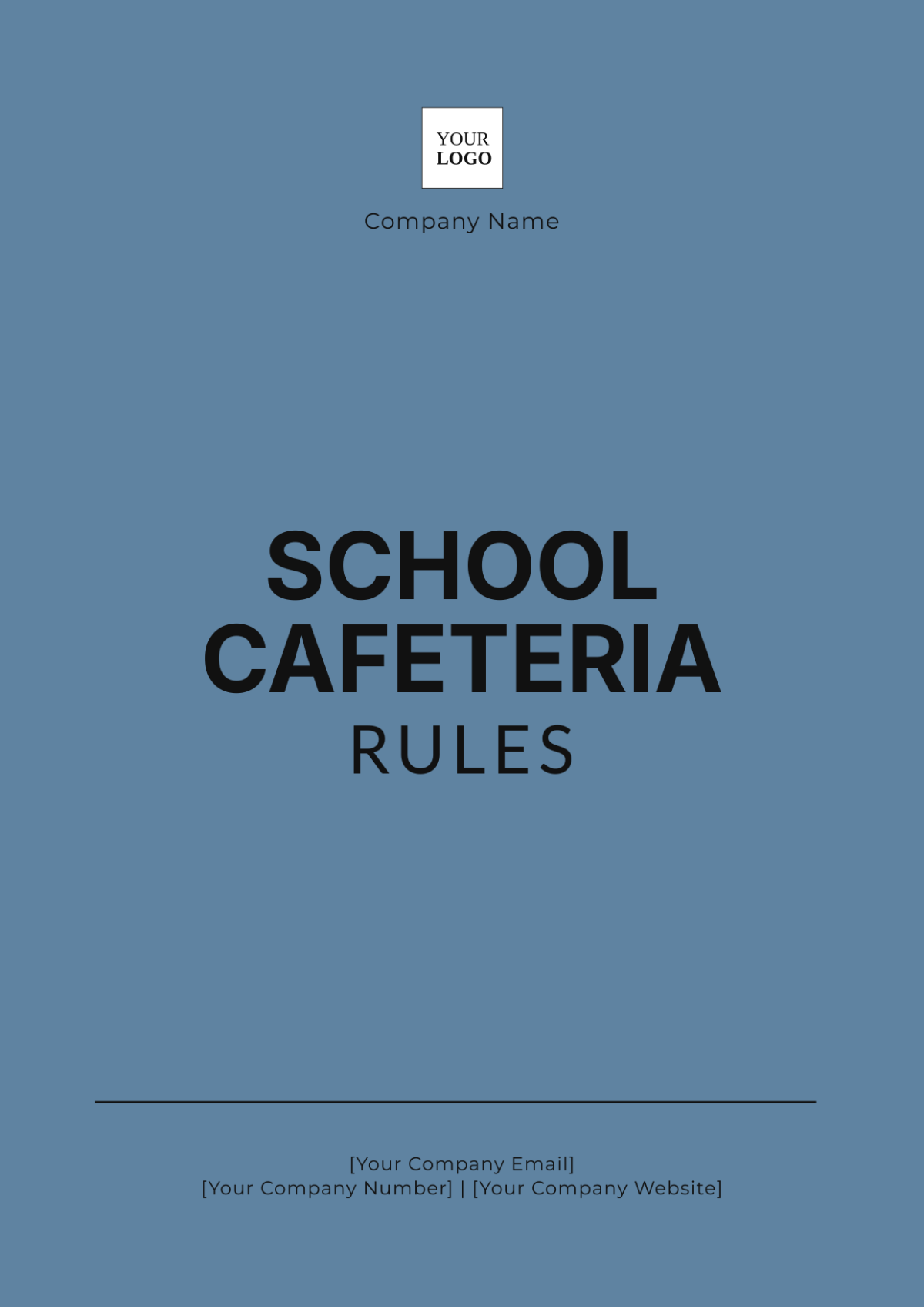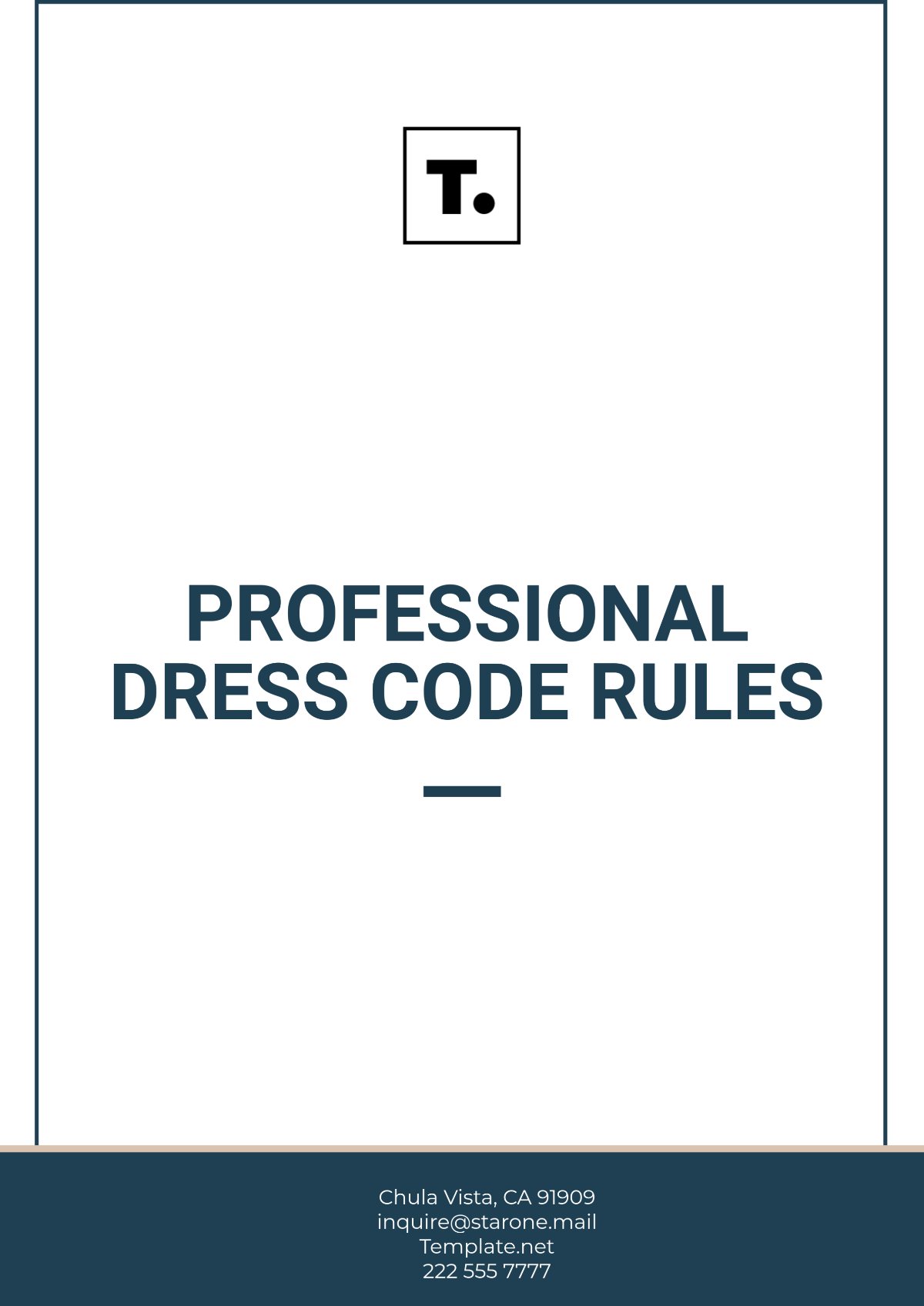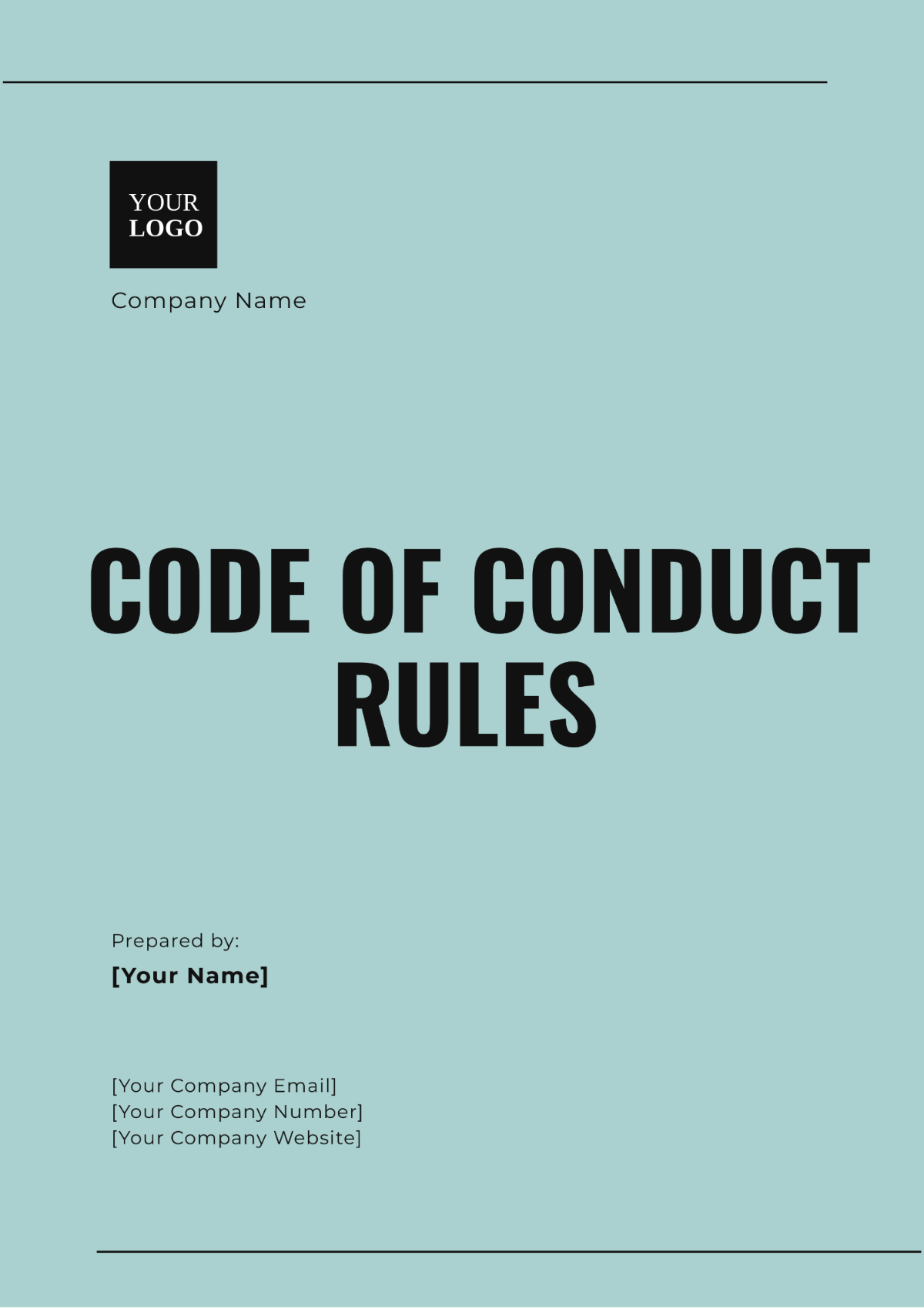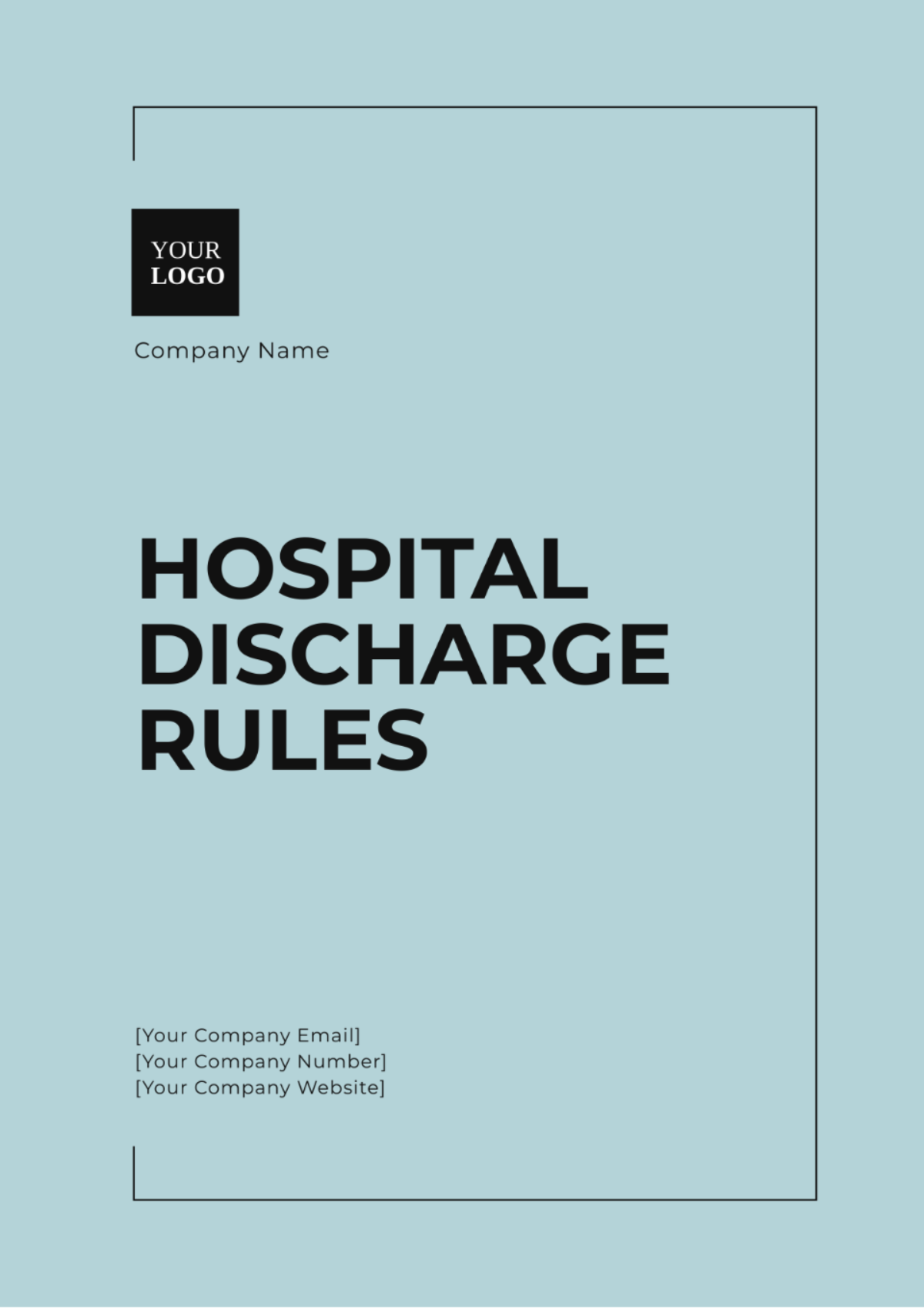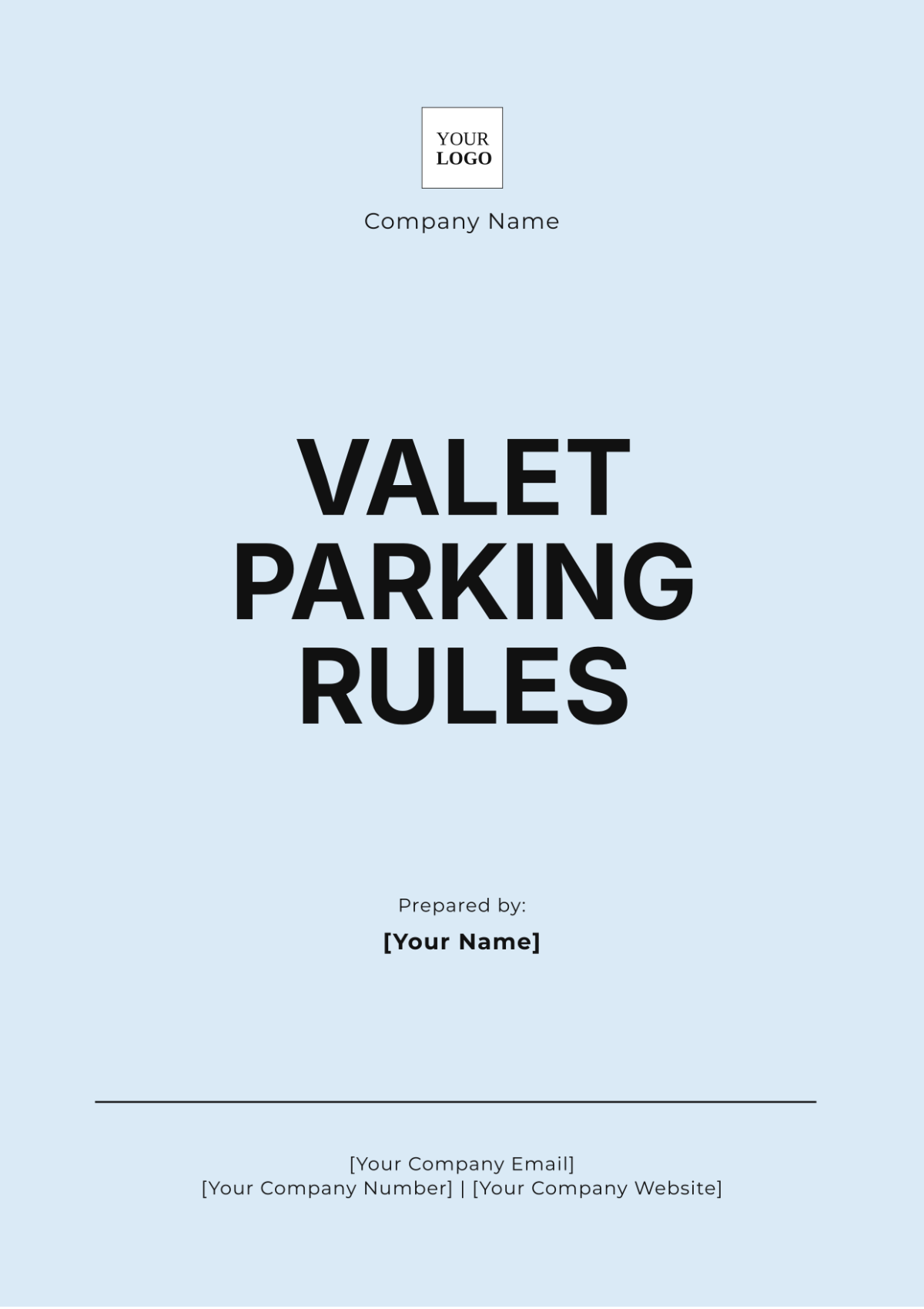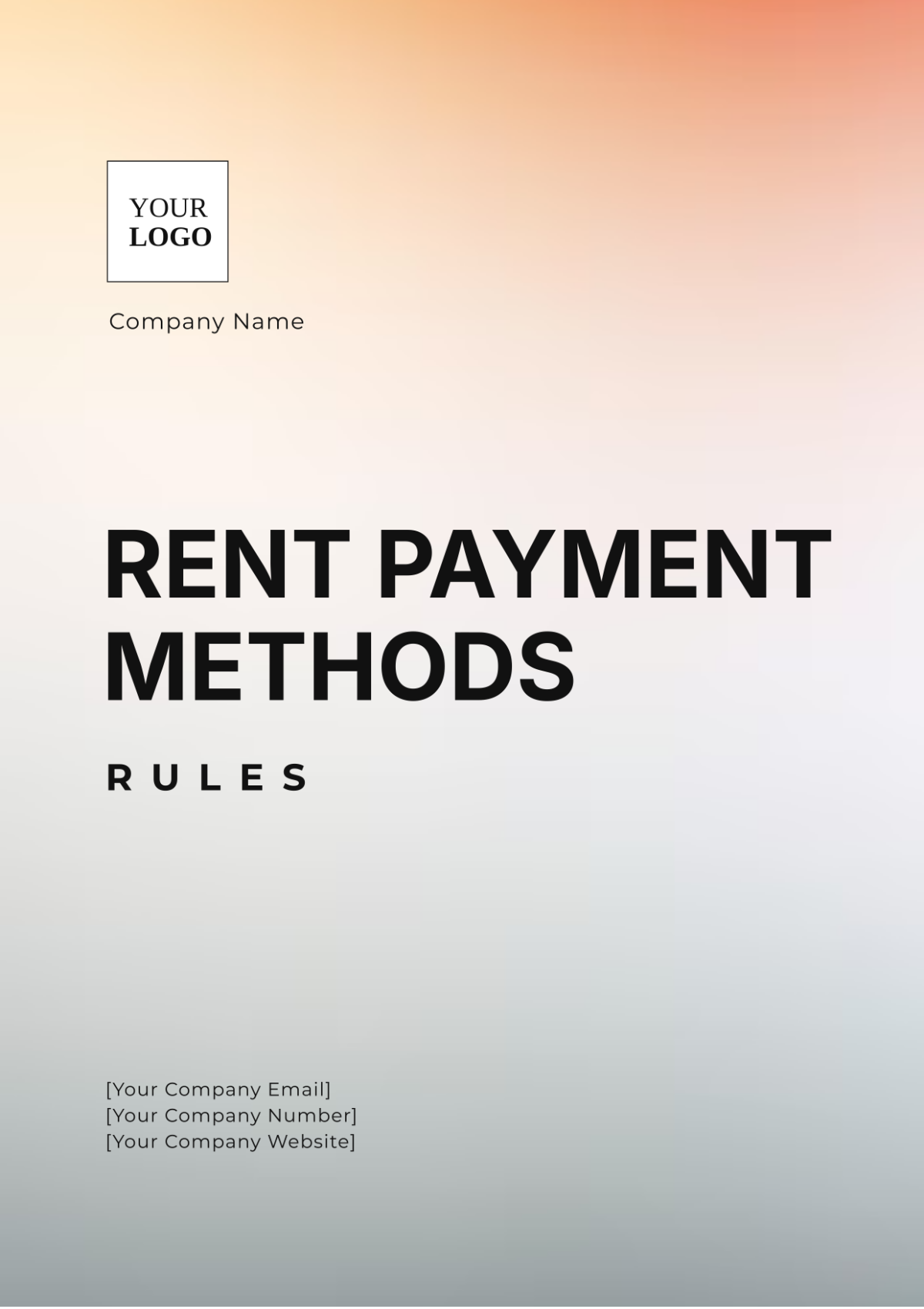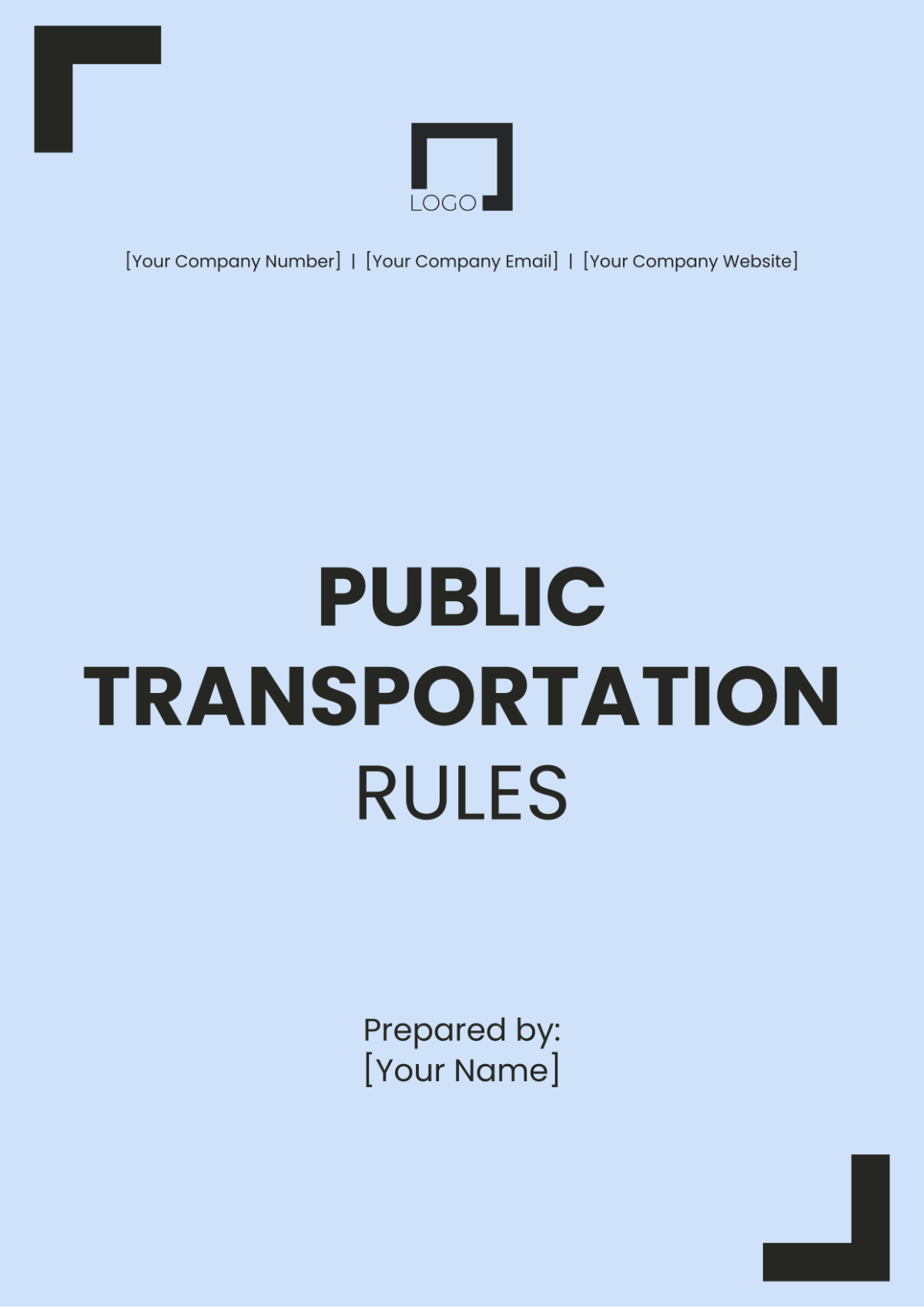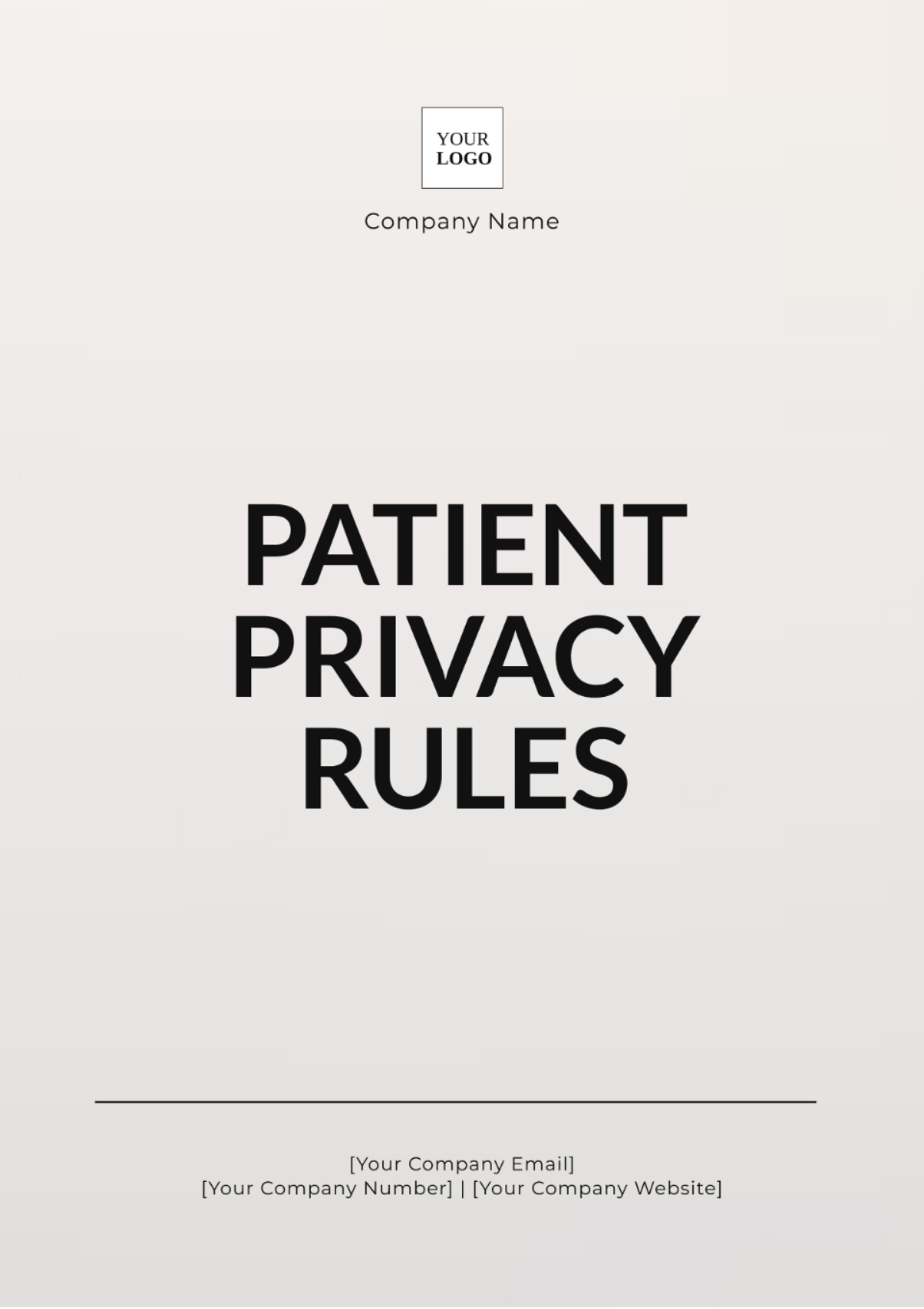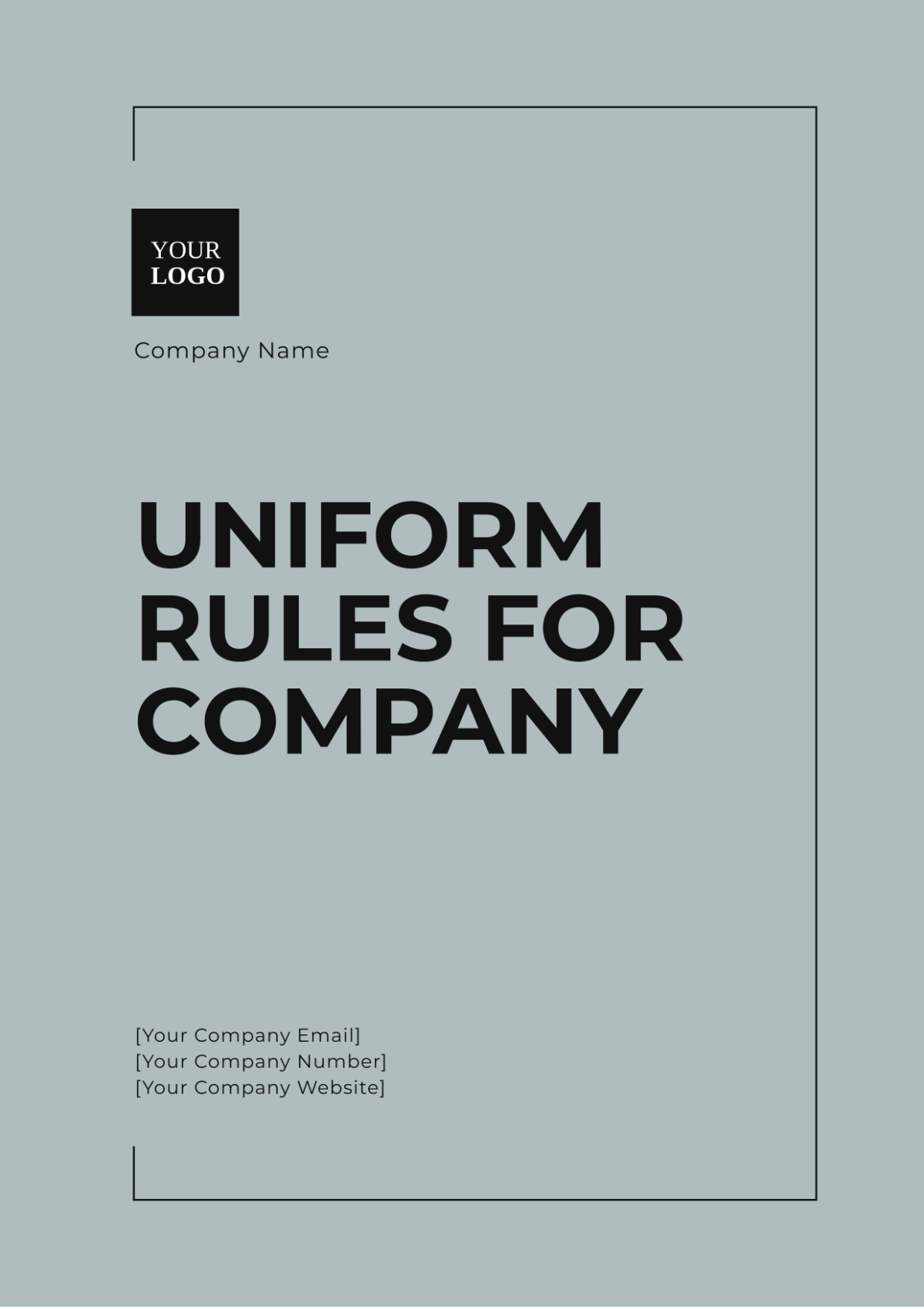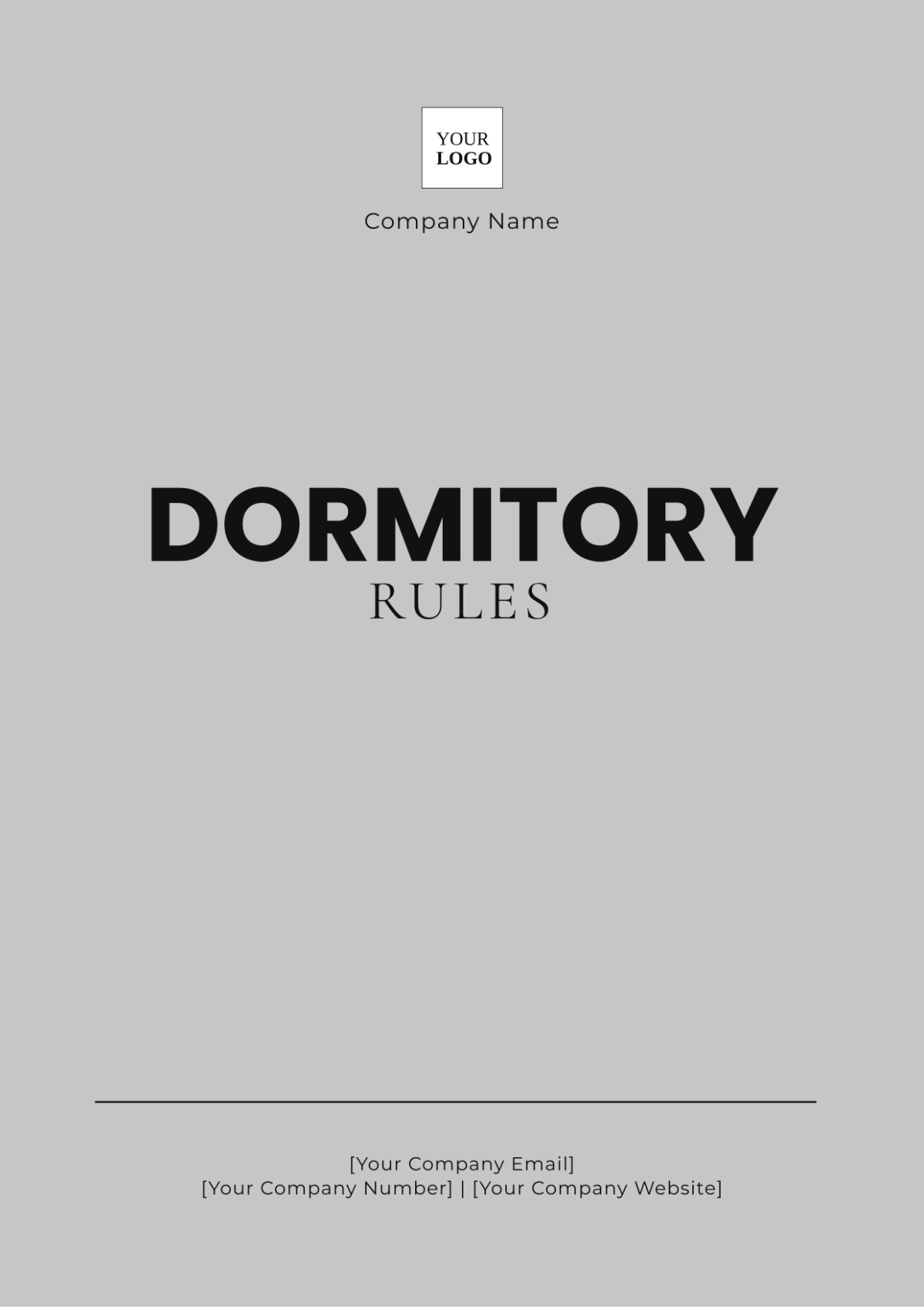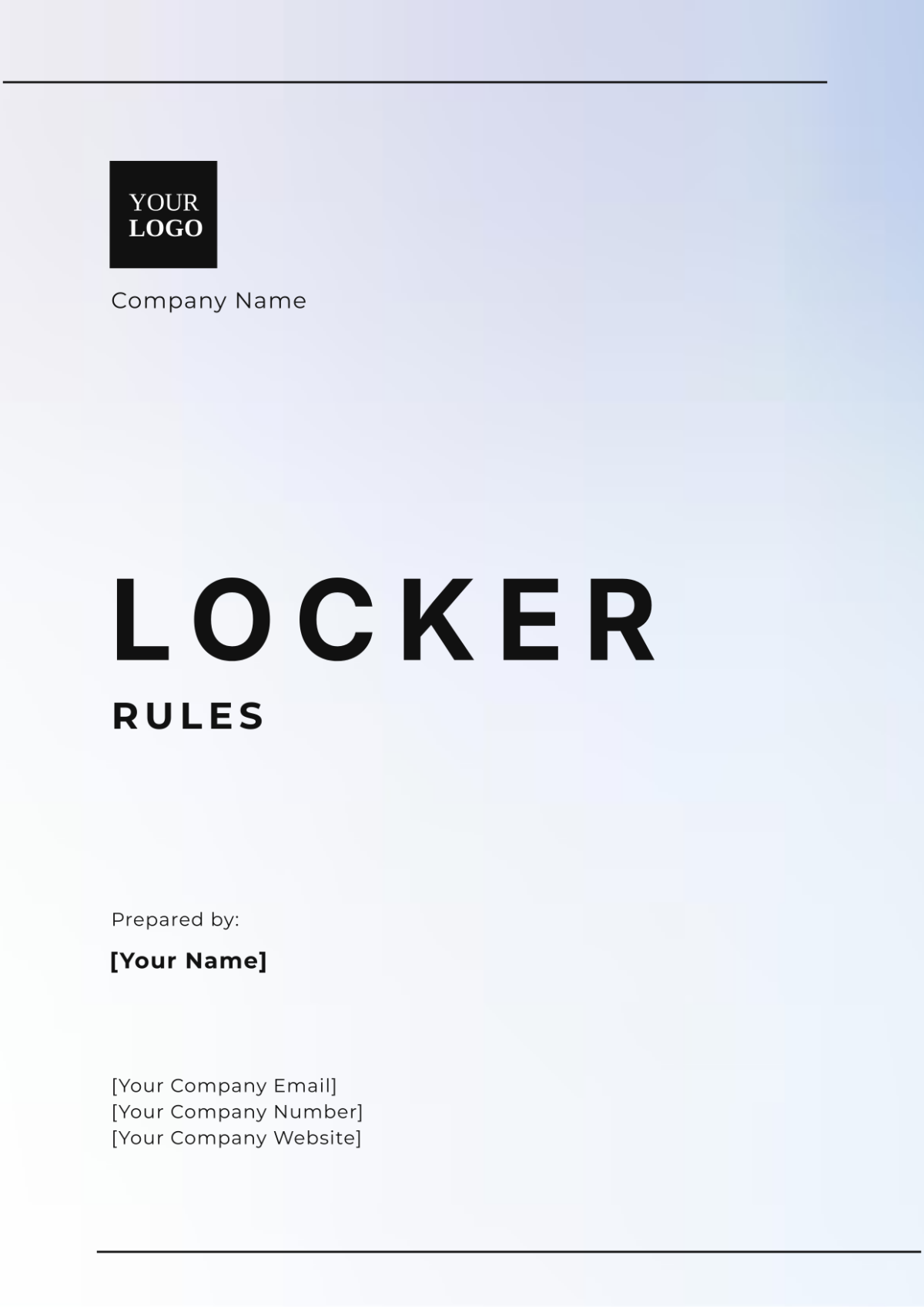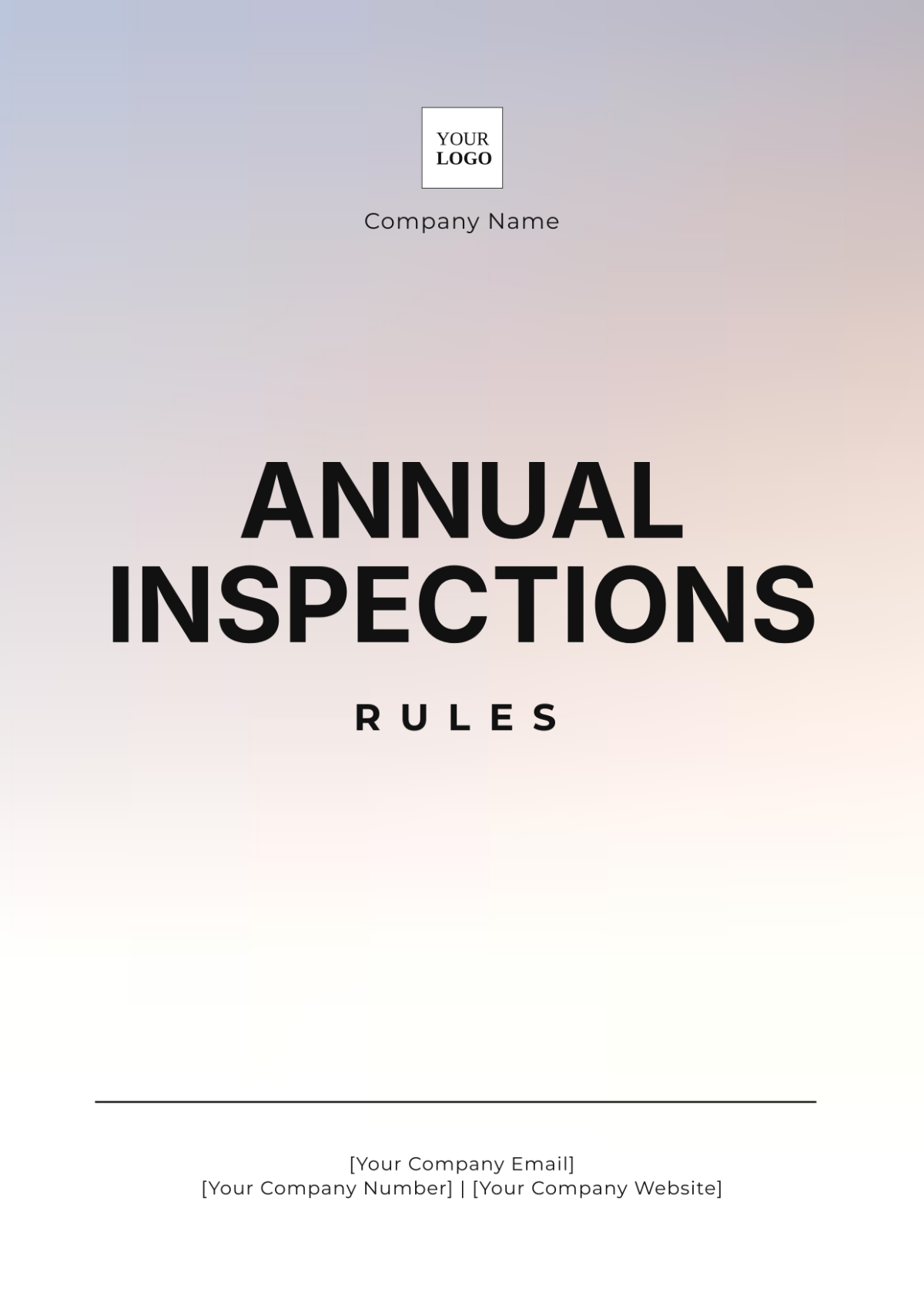Free Supply Chain Rules Template
Supply Chain Rules
Prepared By: [YOUR NAME]
Date: [DATE]
I. Introduction and Scope
The Supply Chain Rules are a set of guidelines and principles that govern the processes, policies, and activities involved in managing the flow of goods, services, and information from the point of origin to the point of consumption. These rules ensure that supply chain operations are efficient, compliant with regulations, and aligned with organizational goals.
II. Roles and Responsibilities
Effective supply chain management requires clear definitions of roles and responsibilities:
Roles | Responsibilities |
|---|---|
Supply Chain Manager |
|
Procurement Officer |
|
Logistics Coordinator |
|
Quality Assurance Specialist |
|
III. Compliance and Legal Requirements
Ensure compliance with international, national, and local laws: Adhere to regulations on labor, environmental standards, safety, and business operations across jurisdictions.
Abide by customs regulations for the import and export of goods: Follow customs rules, ensure proper documentation, pay duties and taxes, and comply with import/export restrictions.
Maintain records and documentation as per legal requirements: Keep accurate records of transactions, contracts, and compliance documents for legal and audit purposes.
Follow ethical practices and avoid conflicts of interest: Conduct business with integrity, ensure fair dealings, and prevent personal or financial interests from affecting decisions.
IV. Operational Procedures
Standardize processes for ordering, receiving, and shipping goods: Develop uniform procedures for placing orders, accepting deliveries, and dispatching shipments to ensure consistency and efficiency.
Use technology for tracking and monitoring supply chain activities: Implement digital tools and systems to track inventory, monitor shipments, and oversee supply chain operations in real-time.
Define clear steps for handling delays and disruptions: Establish protocols for addressing delays and disruptions, including communication strategies and contingency plans.
Implement continuous improvement practices: Regularly review and enhance supply chain processes by analyzing performance metrics, seeking feedback, and making data-driven improvements.
V. Quality Assurance
Set quality benchmarks for products: Establish specific standards and criteria that products must meet to ensure consistent quality and performance.
Regularly audit suppliers for quality compliance: Conduct routine inspections and evaluations of suppliers to verify that they adhere to established quality standards and practices.
Implement quality control measures at different stages of the supply chain: Apply quality checks and controls throughout the supply chain, from production to delivery, to detect and address issues early.
Use customer feedback to improve product quality: Collect and analyze feedback from customers to identify areas for improvement and make necessary adjustments to enhance product quality.
VI. Risk Management
Conduct risk assessments at regular intervals: Perform systematic evaluations of potential risks and vulnerabilities in the supply chain to identify and address issues proactively.
Develop contingency plans for potential disruptions: Create detailed plans to manage and mitigate the impact of supply chain disruptions, ensuring quick recovery and minimal impact.
Create a risk response team: Establish a dedicated team responsible for managing and responding to supply chain risks, and coordinating actions and decisions during crises.
Use data analytics for risk prediction and mitigation: Employ data analysis tools to predict potential risks and develop strategies to mitigate them, enhancing overall risk management.
VIII. Inventory Management
Implement Just-in-Time Inventory Systems: Adopt inventory practices that minimize stock levels by aligning orders with production schedules and reducing excess inventory.
Use Inventory Management Software: Employ digital tools to track inventory levels, manage stock, and streamline ordering processes for greater efficiency.
Regularly Audit Inventory Levels: Conduct frequent checks and reviews of inventory levels to ensure accuracy and optimize stock levels.
Set Safety Stock Levels to Handle Demand Fluctuations: Maintain additional inventory to buffer against unexpected demand changes and prevent
IX. Performance Metrics
Indicators and metrics used to assess the performance of the supply chain, known as key performance indicators (KPIs), include a variety of evaluative measures and criteria.
Metric Category | Metric |
|---|---|
Cost Metrics |
|
Service Metrics |
|
Quality Metrics |
|
X. Sustainability Practices
Detailed Instructions for Executing Actions to Establish and Maintain a Supply Chain that Promotes Sustainability
Minimize Waste and Promote Recycling: Implement practices to reduce waste production and increase recycling efforts to minimize environmental impact.
Use Sustainable Materials and Suppliers: Source and utilize materials that are environmentally friendly and partner with suppliers who adhere to sustainable practices.
Reduce Carbon Footprint Through Efficient Logistics: Optimize transportation and logistics operations to lower greenhouse gas emissions and improve overall efficiency.
Ensure Compliance with Environmental Regulations: Adhere to laws and regulations related to environmental protection, ensuring all practices meet legal and regulatory standards.

